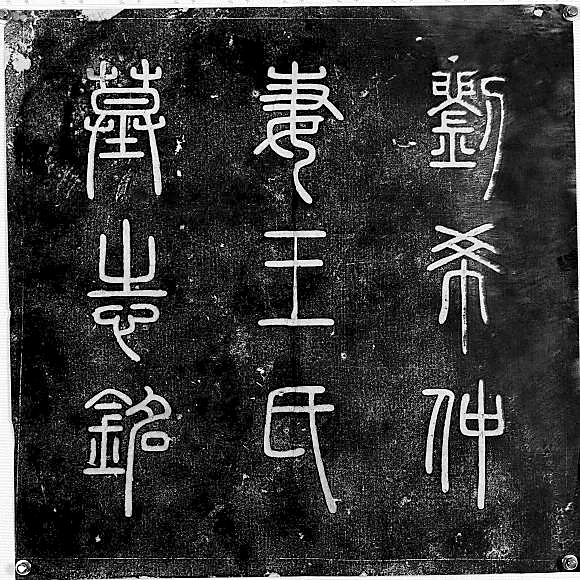

Etched into history
The Museum of Wu, in Suzhou, Jiangsu province, has mounted an exhibition celebrating the city's long tradition in stele engraving, where the fine technique involved renders dignity and grace to the carved characters and texts, as well as the rubbings made thereafter.
A booming economic and cultural center since ancient times, Suzhou encouraged the practice of transposing the great works of intellectuals and artists onto stelae (usually slabs or pillars) and other stone surfaces, so that they would survive the ravages of time for people in the future to appreciate.
The current stele carving craft exhibition is the sixth in a series of that the Museum of Wu launched to introduce time-honored crafts and arts originating in Suzhou. Categories of stone engraving at the exhibition include those on rocks and cliffs, on gravestones, government announcements and on stelae on display at ancestral temples, among others.
Suzhou has long been known for its quality stone, quarried from Taihu Lake, and the skill of its artisans. The show also displays rubbings of the stones to highlight the importance of this unique form of art in documenting history and preserving the essence of Chinese culture. The exhibition runs until May 5.
9 am-5 pm, closed on Mondays. 9 Tantai Jie, Wuzhong district, Suzhou, Jiangsu province. 0512-6565-5999.